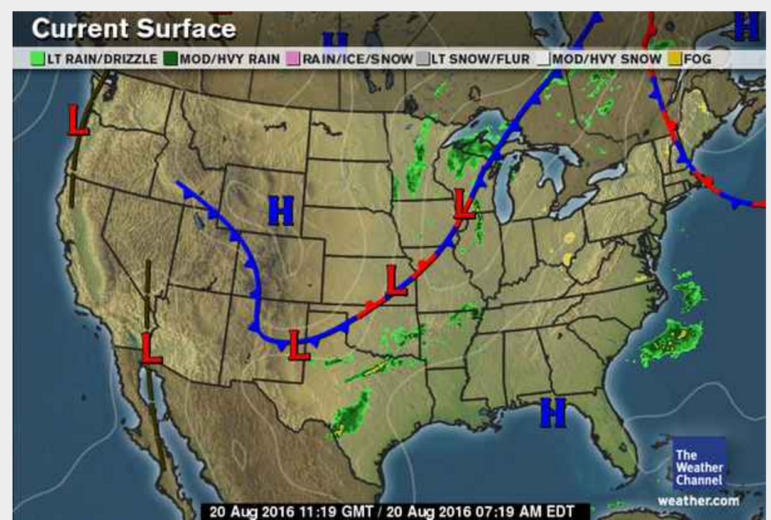You Built An App…Now What?

You’ve got this really cool app, but no one is downloading it. It’s a fairly common practice for companies to forge ahead with app development and figure out a marketing strategy on the back end. My first app promotion campaign was for a regional frozen yogurt company that developed an app to push customers in-store.
When launched, customers pointed the phone camera at an in-store graphic and the company mascot would appear in 3-D surfing the frozen yogurt wave. It wasn’t an app people were searching for, which ruled out many of the go to engines for paid marketers. Our strategy focused on leveraging social platforms to generate awareness. Fast forward a few years and app promotion within the social landscape has become a savvy tactic.
Find Your Audience Socially
With no sign of slowed growth, social platforms can be a successful strategy if your end goal is to reach a targeted audience to increase app awareness and downloads.
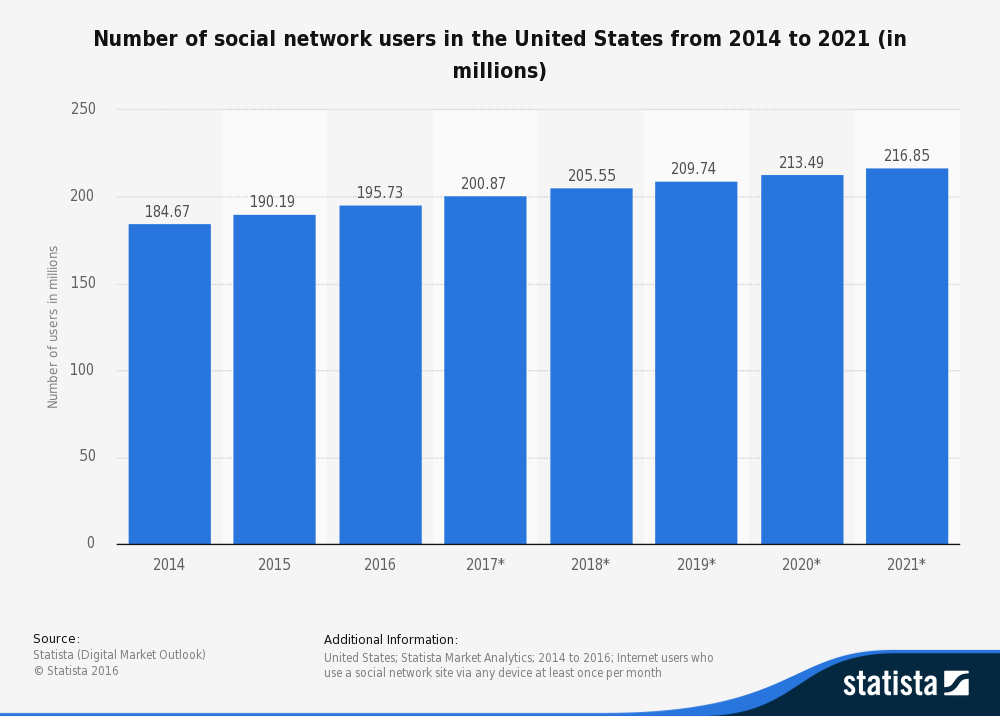
But where do you start? With a growing list of networks to choose from it can be tricky. You’ve got Facebook, Twitter, Instagram, Snap Chat, LinkedIn, Vine…and I’ve only scratched the surface of what is available.
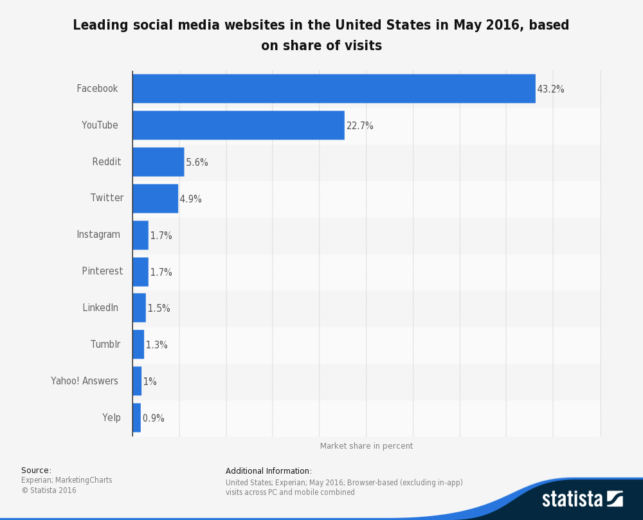
Ask A Few Questions To Get Started
1) Does my app appeal to everyone?
The answer to this question is rarely yes. Even Amazon, a company that seems to have something for everyone, might shy away from promoting app downloads to the 13 – 17 age range.
2) Are there specific platforms where I can find my audience?
If you have identified that you have a younger audience and are looking for the hip factor you might lean more towards Instagram, Snapchat, and Vine. On the flip side, if you are looking to target middle age women you’d probably want to start your research on Facebook and Pinterest.
3) Should I focus my targeting on a certain region?
This question can be less applicable across the board, but is certainly something to consider. Let’s say your app is similar to Surfline, designed to log surf sessions and share with friends, you’d likely geo-target your campaigns to coastal regions.
Promote, Test, Repeat
Leverage the tools presented within the social landscape to test different audiences to find the right mix. That’s the beauty of social marketing. Leveraging the granular data to better understand what works to continuously refine campaigns for better results.
As I mentioned above, fast forward a few years and I find myself working with a client to promote their hyper-targeted weather app in order to set benchmarks on social networks. This time in a much savvier landscape with app downloads as the main goal. However, the process to define audiences and identify the platforms that meet our goal remains the same.
We first leveraged what we knew about the app. It’s highly accurate local weather, scientific and techie.
Platforms Selected
Facebook & Twitter
Audiences Tested
Facebook: Individuals who might need hyper-local weather forecasts
1 – Work related – Construction, Real Estate, Farmers etc.
2 – Hobby Focused – Hikers, Surfers, Boaters, etc.
Twitter: Weather TV influencers and weather TV
Age Range: 13-17, 18-34, 35+
Regional Target: National
Facebook Findings
Through our Facebook campaign, we identified that hobbies outperformed a work-related focus. The demographic that responded best to our ads were 35+ males. We were also able to identify what regions responded best to our ads.
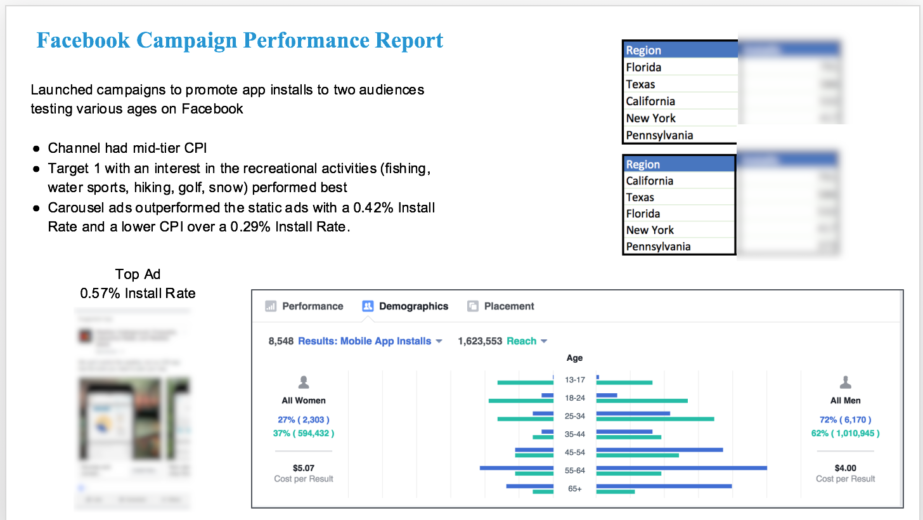
Twitter Findings
Due to the techie audience we identified might be a good fit for our app, Twitter proved to be the most successful of the social channels tested. We again identified that our audience was largely male and were able to compile geographic findings from this engine to compare against organic downloads, as well as downloads from other social engines.
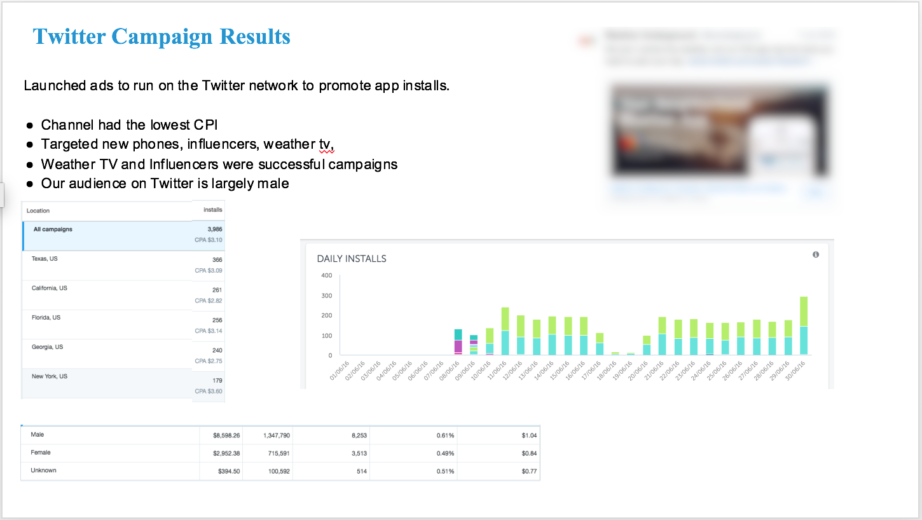
Now You Have An App And A Marketing Plan
If you find yourself in a situation post app development and you are asked to put together a marketing strategy, consider yourself covered. Kick-off the meeting with a few simple questions, identify your audience, platform, location and start testing. Leveraging social networks to deliver demographic and geographic information on your audience will help you refine campaigns and achieve better results.



